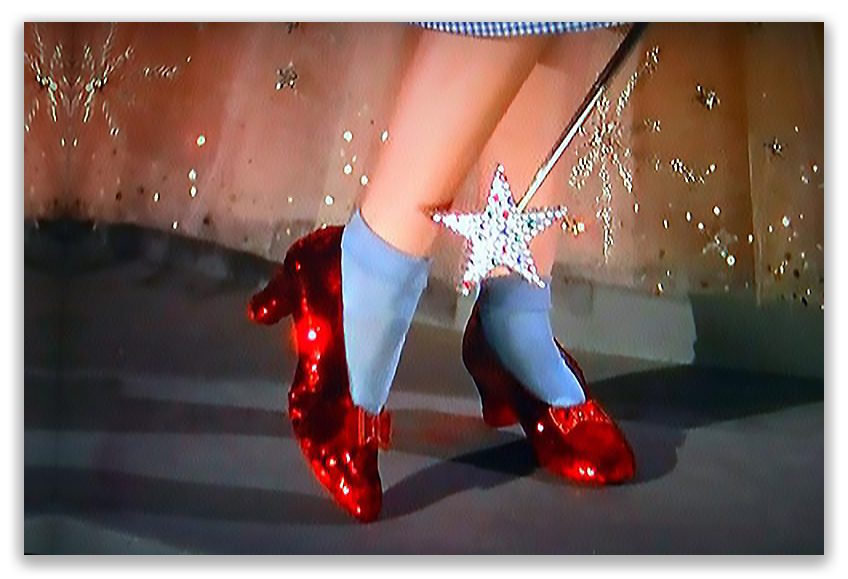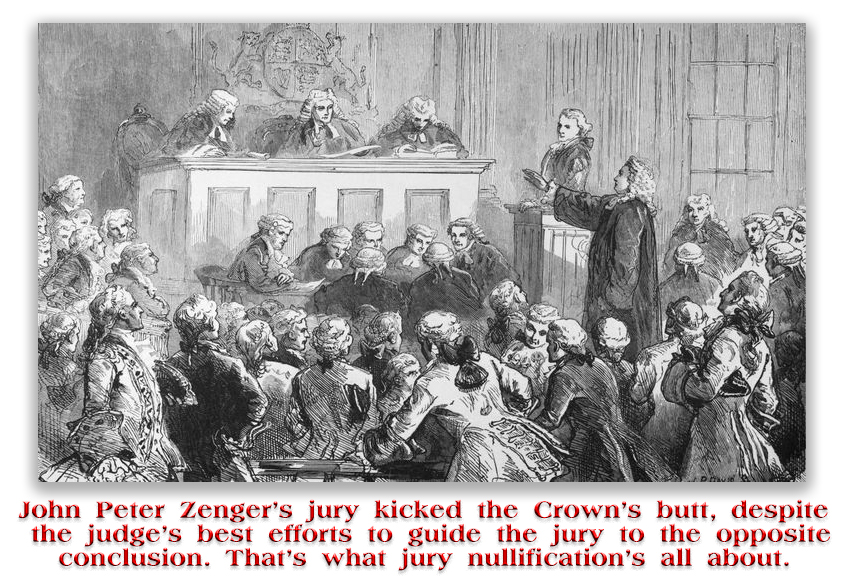We post news and comment on federal criminal justice issues, focused primarily on trial and post-conviction matters, legislative initiatives, and sentencing issues.

SECOND CIRCUIT NULLIFIES NULLIFICATION TALK
Jury nullification is like that crazy uncle no one ever talks about. A jury, of course, is told by the judge it must apply the law the facts that the jurors determine. But if a jury decides for whatever reason not to do that, to decide that in spite of the obvious facts and law the defendant should not be found guilty, there’s nothing the court can do about it.
 On Nov. 4, I reported on a Cleveland case where a defendant, who had just sentenced to 47 years by an Ohio judge, sucker-punched his lawyer. The courtroom security camera caught the whole thing. But when the prosecutor later tried the defendant for aggravated assault, the jury – after seeing the punch repeatedly and in slo-mo during the trial – found the defendant not guilty. That’s jury nullification.
On Nov. 4, I reported on a Cleveland case where a defendant, who had just sentenced to 47 years by an Ohio judge, sucker-punched his lawyer. The courtroom security camera caught the whole thing. But when the prosecutor later tried the defendant for aggravated assault, the jury – after seeing the punch repeatedly and in slo-mo during the trial – found the defendant not guilty. That’s jury nullification.
The catch is that the law will not let a judge or the defense attorney tell the jury it has the right to find a defendant not guilty despite the law, despite the facts, or even despite what the sentence might be if the defendant is convicted. The nullification power is like Dorothy’s ruby slippers: she wore those things for the whole trip through Oz never knowing they could take her back to Kansas with three taps whenever she wanted them to.
And yet, jury nullification is as American as apple pie. This nation’s preoccupation with truth as a defense to libel – as well as with the sanctity of the jury’s determinations – first came in 1735 – when a jury rode roughshod over a biased judge in acquitting publisher John Peter Zenger of libel (yes, it was criminal at the time) against the governor of the New York colony. The jury deliberated for all of ten minutes, probably that long because the jurors wanted to finish their tea before re-entering the courtroom.
Yehudi Manzano had a romance with a 15-year old girl. He took some cellphone video of the two of them having sex, with the girl’s consent. Ultimately, he uploaded it to his personal cloud account. No one but Yehudi and the girl ever saw the video. But in a typical example of prosecutorial overreach, Yehudi was indicted for production of child porn, which carries a 15-year mandatory minimum.
The defense asked permission to tell the jurors about the 15-year mandatory minimum and about their right of nullification. The judge agreed, saying, “This is a shocking case… that calls for jury nullification… I am absolutely stunned that this case, with a 15‐year mandatory minimum, has been brought by the government… it is extremely unfortunate that the power of the government has been used in this way, to what end I’m not sure.”
The government filed a petition for writ of mandamus – which is an order telling a subordinate court or official to do something it has refused to do – and last week the Second Circuit gave the U.S. Attorney half a loaf. “Applying settled law in this circuit,” the Court said, “we hold that the government has a clear and indisputable right to a writ directing the district court to deny defense counsel’s motion for leave to argue jury nullification.” But the Court denied mandamus on whether the defense could tell the jury about the 15-year sentence, saying, “at this time, the government does not possess a clear and indisputable right to a writ directing the district court to exclude any evidence of sentencing consequences.”
One judge on the panel, Barrington Parker, dissented:
This case presents the unusual circumstance where a conscientious jurist is confronted with a charging decision that, in his considered judgment, reflects an abuse of prosecutorial power. Charging decisions are, of course, by and large the exclusive province of prosecutors… Faced with the Government’s charging decision, Judge Underhill could, I suppose, have acquiesced in whatever the prosecutors wanted. But he is not a piece of Steuben glass. Instead, witnessing what he perceived to be abuse, he pushed back. I believe that most conscientious jurists would have done the same. I have no difficulty concluding that Judge Underhill was right to do so. Federal courts have authority under their supervisory powers to oversee the administration of criminal justice within federal courts. They should use these powers to see that the waters of justice are not polluted and to protect the integrity of the federal courts… Whether Judge Underhill went too far is debatable. But because this case does not come close to meeting the exacting standards for mandamus, I respectfully dissent..
Ohio State University law prof Doug Berman said in his Sentencing Law and Policy blog, “In the recent Haymond case, Justice Gorsuch spoke broadly about the Framers’ vision of the jury right and explained… ‘The right to a jury trial sought to preserve the people’s authority over its judicial functions.’ But how can the people have authority over the judicial function if they are not fully informed of their rights and authority as jurors and not made aware of the possible consequences of their decisions?”
United States v. Manzano (In re United States), 2019 U.S. App. LEXIS 37415 (2nd Cir. Dec 18, 2019)
Sentencing Law and Policy, Split Second Circuit panel grants feds request for mandamus to preclude a jury nullification instruction in child porn case involving 15-year mandatory minimum (Dec. 19)
Hartford Courant, U.S. appeals court rebukes federal judge in Connecticut who endorsed jury nullification in the trial of a sex offender (Dec. 18)
– Thomas L. Root


